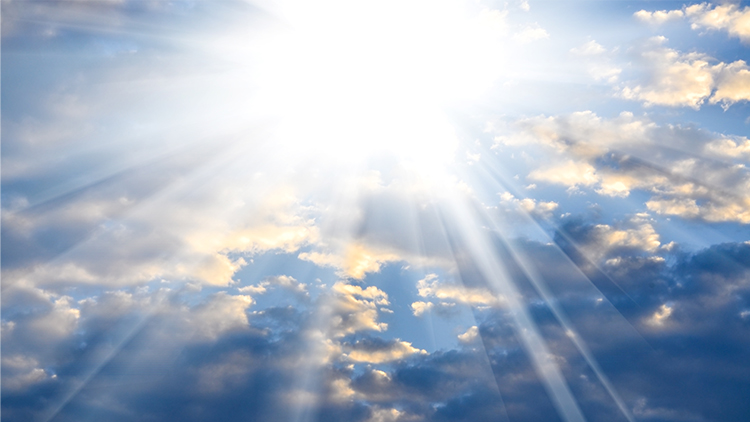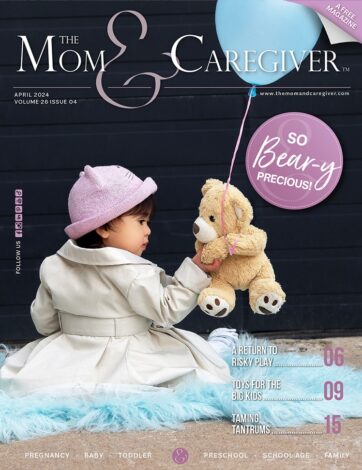Revitalize You! – Let’s Talk About PROTECTION
Sun protection, that is! Being a professional in the skin care industry for more than a decade, I have treated my clients with corrective treatment and proper skin care regimen. The most important part for anti-aging is DAILY sun protection with SPF. This month I discuss how to protect your skin from sun damage.
There are three types of radiation wavelengths: UVA, UVB and UVC. Shorter wavelength UV radiation is less able to penetrate the skin.
UVC, which is short-wavelength, is the least damaging type of UV radiation. It is completely filtered by the atmosphere, so it does not reach the earth.
UVB is longer than UVC and can cause burns to the skin if you stay under the sun without sun protection.
UVA has the longest wavelength and can penetrate deeper to the skin, causing skin aging such as hyperpigmentation, fine line, deep wrinkles, and more.
According to the Cancer Society, in Canadians age 30 to 49, the most commonly diagnosed cancer is melanoma, with a 7% rate from 2011-2015. People taking photo-reactive drugs should wear an SPF containing UVA-specific sunscreens. The most recommended broad-spectrum is UVA/UVB SPF30, not higher than SPF45.
There are two kinds of sunscreens on the market: ‘Physical Sunscreen’ and ‘Chemical Sunscreen’.
Physical Sunscreen – Creates a barrier on the skin that filters out UV rays, also called Sun Blocks. Mineral based ingredients are used, such as Zinc Oxide and Titanium Dioxide to block UV rays. These are less likely to irritate the skin and better for rosacea prone skin. It’s safe to use on babies and during pregnancy.
Chemical Sunscreen – Absorbs and scatters the harsh UV rays. Also called organic sunscreens, they contain chemical compounds that include formulas like Oxybenzone, Octinoxate, Octisalate and Avobenzone. These chemicals change UV rays into heat, then release them from the skin and scatter them. The problem with chemical sunscreen is that many ingredients are required to create both UVA and UVB protection and higher SPFs, which causes irritation and redness for rosacea prone skin because changing the UV rays into heat exacerbates flushing. Compared with physical sunscreen, it can clog pores and increase breakout on acne prone skin.
Remember – Relax, Regenerate, Revitalize.
Lily Seed














